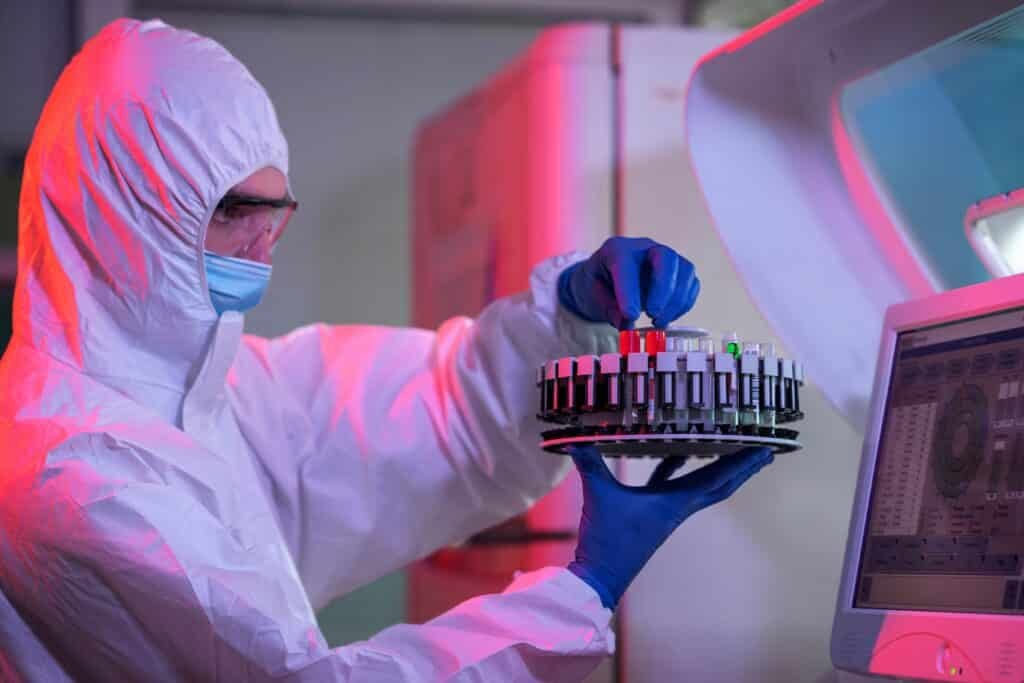
COVID-19 has changed the way the world will operate in so many ways going forward. A large number of us will work predominantly from home even when lockdown rules are eased, and it’s likely that we’ll see a big difference in all manner of experiences beyond our homes that we once took for granted.
One of the areas to see the biggest change from Coronavirus disease is, unsurprisingly, the healthcare industry. Home health monitoring has already seen a huge increase in popularity, thanks to the elevated demands for no-touch thermometers and pulse oximeters, which can detect common symptoms of Coronavirus.
It’s likely that rather than visiting our local doctors’ or hospital for health screening, many of these consultations will instead be carried out remotely, with the patient at home. But how will this affect the use of medical sensors? And how will the sensor manufacturing industry change and adapt to these times?
The Development of COVID-19 Tests
One of the most necessary applications of 2020 is the at-home Coronavirus test. Home testing kits for the virus require a person to collect their own specimen with a swab to the back of their throat and send it off to be privately analysed. Despite what you may read from the companies that are promoting these tests, there is very little current evidence to suggest that they’re accurate.
The sensor-based Coronavirus tests of the future will be much smarter and give a much more detailed analysis of a person’s condition. These devices will use tiny sensors that can be thin enough to wear as a patch against their skin. They will be able to detect and monitor a number of different viral signs, including:
- The person’s body temperature, and whether there are any significant increases or decreases in temperature over time. A temperature sensor is used for this job.
- The person’s rate of respiration, or how many breaths they take per minute. Whether their breathing quickens or slows over a certain period of time. A sensor known as a biopotential sensor will be used for this measurement.
- An oxygen sensor is used to measure blood oxygen saturation levels. This can monitor the changes in a person’s oxygen levels. and prevent “silent hypoxia”, a condition. Which causes a person’s oxygen levels to fall dangerously low without the person being aware of it.
- The person’s heart rate, using an electrocardiogram, to detect irregular patterns in heart rate.
In conclusion
Creating a device that can use multiple sensors to detect Coronavirus disease is no easy feat. But having all of these testing applications in place will prevent the likelihood of “false positives”. A person told that they have Coronavirus when they actually just have a bad cold. Because COVID-19 symptoms are so similar to that of the common cold and flu. Testing needs to be smarter and more advanced than ever before. Sensors will play a huge role in making this possible.
 Creating innovation for competitive advantage (PDF)
Creating innovation for competitive advantage (PDF) 